The Historic City of Guanajuato, Guanajuato
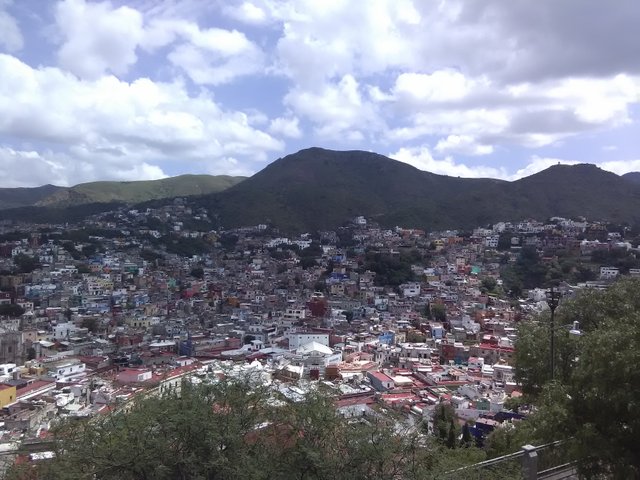
Guanajuato (gwan-ah-HWAH-toe) is the capital city of the state of the same name. The Mexican state's full name is El Estado Libre y Soberano de Guanajuato, which is Spanish for The Free and Sovereign State of Guanajuato. It is located in the heart of Mexico, bordered by five other states.
The Spanish first settled in Guanajuato in the 1520's. Prior to the conquest, the state was covered in forest but much was cleared for use as fuel for the harsh mining practices implemented by the Spanish (more on that later), construction, and agriculture. The area was mostly inhabited by the Chichimeca, a broad term encompassing a variety of smaller indigenous peoples with distinct cultures and languages. The name of the city/state comes from the Purépecha name, Quanaxhuato, which means land of frogs and hills. The Chichimeca groups of the area showed many signs of influence from the neighboring Purépecha Empire, a prominent yet little known (to foreigners) empire that rivaled the Aztec Empire. The Spanish apparently had trouble pronouncing this native word and instead assimilated it to its current form.
Mining
The growth and prosperity of the city of Guanajuato is attributed to its natural silver and gold deposits directly beneath what is today the modern city. The silver mines were some of the richest in the world and at their height were producing more than half of the world's silver. Discovered in 1548, the mines first started as small camps. Spanish settlement drove the natives into hiding in the remote forested mountains. Unable to find sufficient slave labor, the Spanish brought African slaves to work in the dangerous mines. The war-like Chichimeca used guerrilla tactics against the Spanish intruders, raiding settlements and attacking people along the routes connecting neighboring camps.
Due to the deforestation for mining and development, the Chichimeca began to suffer, having depended on the land to survive. They were described by the Spanish as hunter-gatherers and much of their diet consisted of roots, seeds, berries, mesquite, agave, and prickly pears. To stop the fighting, the Spanish offered the Chichimeca food, clothing, tools, livestock, and land. Many Chichimeca settled down and abandoned their nomadic lifestyle, finding work in the many mines across the area. Here is a map I took a picture of showing most of the mines.
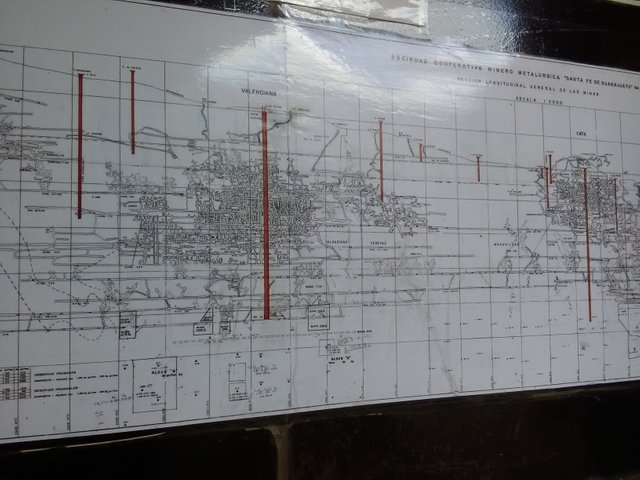
The mine I visited is called La Mina Valenciana, named after the Spanish city Valencia.
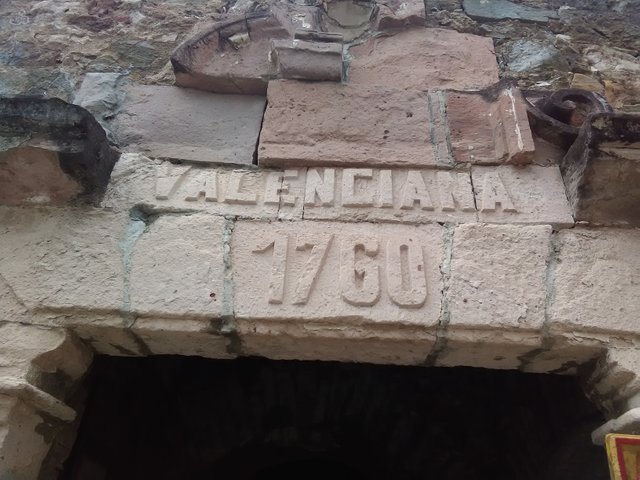
It is one of the deepest and was operated by Chichimeca children around the age of 14.
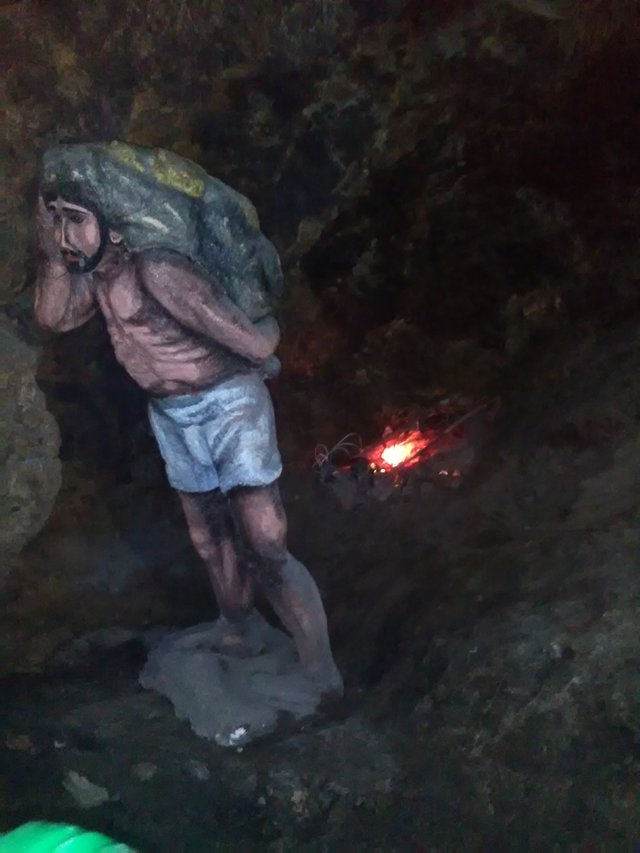
This is a representation of how they worked in the mines. The workers were barefoot and wore little to no clothes to ensure that they wouldn't steal the precious ore, which they hauled in animal skins on their backs. The embers in the background represent the methods they used to break the rock. Hot fires (using wood from what was once part of the forest) would be quickly extinguished with water and the temperature shock would cause the stone to crack.
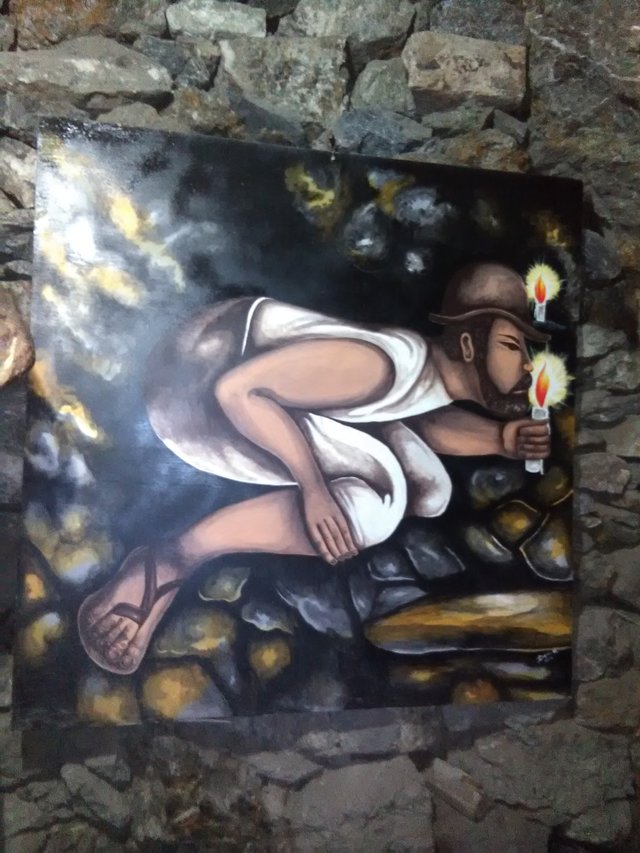
This is another artist's depiction of how workers searched for deposits by candlelight. Small candle holders still line the walls and the tiny flames of the candles were all that lit the dark mine.
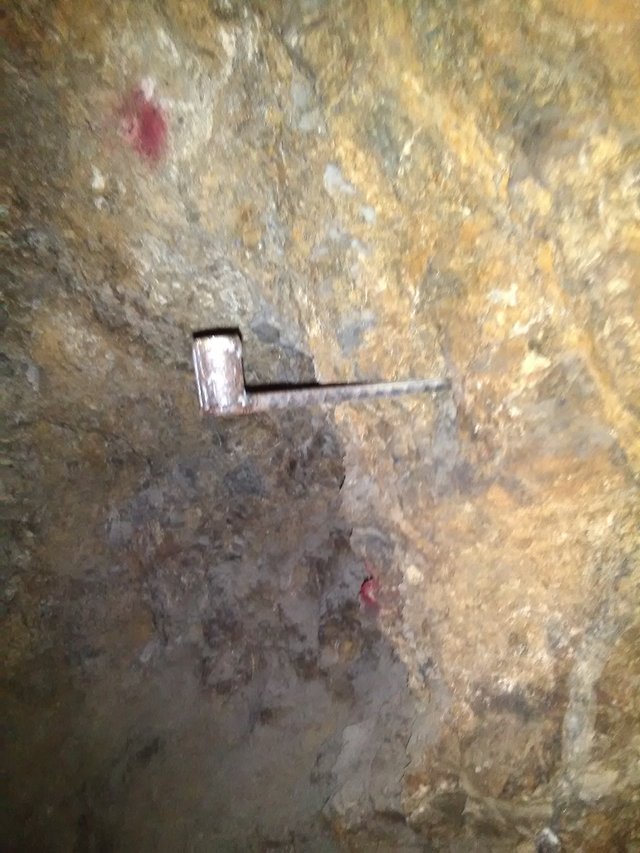
Veins of quartz are still visible today as well.
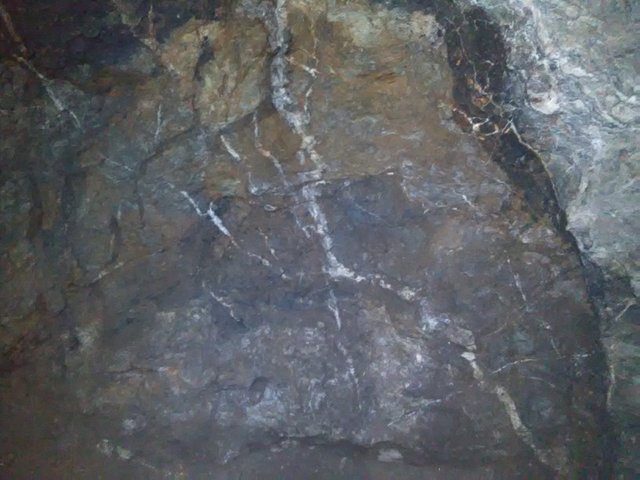
We descended only 60 meters (~197ft) into the mine.
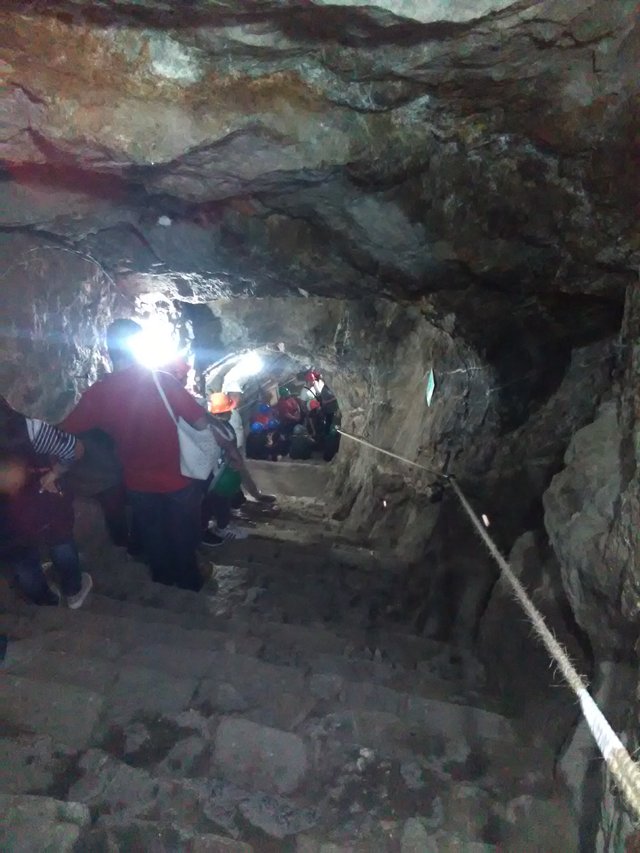
As you can see, these tunnels have no buttresses.
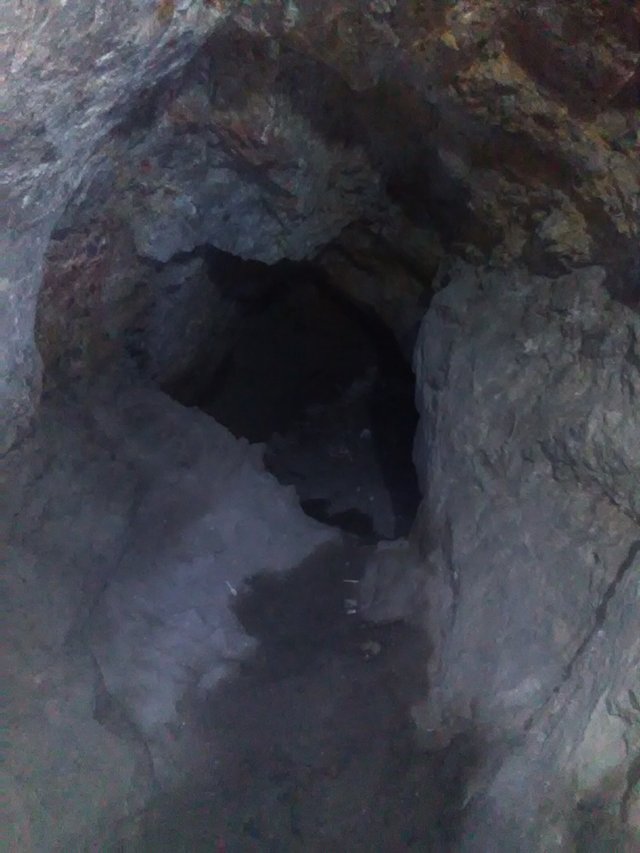
Instead they are paved and lined with tepetate or slag, the worthless rocky waste left over from refining metals. Tepetate is actually a uniquely Mexican word originating from the Nahuatl word tepetlatl. (Nahuatl, a vast family of languages AND dialects, was yet another language spoken by some of the different Chichimeca tribes but is originally regarded as the language of the neighboring Aztecs.)
Did you know? Modernized forms of Nahuatl and Purépecha are still spoken today along with 62 other indigenous languages, all of which are federally recognized as official national languages, giving them status equal to that of Spanish.
To continue digging deeper tunnels, workers used these primitive drilling machines (that you see my younger uncle pretending to operate) in order to make a small hole in which sticks of dynamite could be dropped.
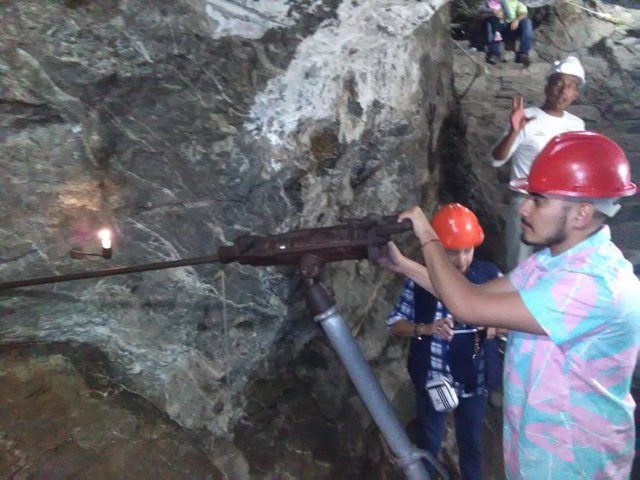
Health risks for miners
Drilling and digging through the quartz-rich stone caused quartz dust to fill the air in the mines and the best protection a young Chichimecatl had was a piece of cloth that covered his nose and mouth. This was ineffective however and the dust would still enter their respiratory system. The microscopic glass-like quartz particles caused much damage, leading to a condition called silicosis.
This disease is slow to develop and it could take years for symptoms to appear. As more particles accumulated in workers' lungs, their health deteriorated.
Symptoms of Silicosis are:
-scarring and subsequent inflammation of lungs which resulted in:
-chest pain
-shortness of breath
-rapid breathing
Also:
-fever
-loss of appetite
-skin gradually turning blue
According to our guide, the average time a native would spend working in the mines was 8 to 12 hours a day for around 15 years. Only death relieved them from their occupation, which paid very little or sometimes nothing. To this day there is no cure for silicosis.
The Looming Revolution
The Spanish mines in the province of Guanajuato made many people rich; many Spanish royalists lived very comfortably. However, there was a great disparity of wealth between them and lower members of the New Spain social hierarchy. One criollo (person with "pure" Spanish blood yet born in Mexico), an educated priest by the name of Miguel Hidalgo, had much sympathy for and actively helped out mestizos (people of mixed Spanish and indigenous blood) and indios. This must have led to more resentment for the Spanish crown. That along with his growing interest in politics encouraged him to join clandestine literary clubs that conspired against Spanish rule. In 1809 a plan to fight back was starting to form. An assault upon the city of Guanajuato was to take place in December of the following year, however, the plan was discovered and Father Miguel Hidalgo was forced to execute his plan prematurely in September. When the time came, a vast resistance force stormed the city.
El Pípila
By now, in 1810, silver production stopped completely as all the miners quit work to join the cause against their oppressors. These lower ranked peoples were essential to the cause. Father Miguel Hidalgo had some of them craft weapons in secret leading up to the revolt. Also, their sheer numbers allowed them to easily outnumber Spanish troops.
A group of Spanish soldiers barricaded themselves in the city granary known as La Alhóndiga along with many riches. The large stone warehouse was used to store the vast harvests grown from the historically fertile lands. It was well fortified except for its wooden door, which the soldiers defended from the high walls of the granary with their muskets.
One miner from the Mellado mine was prepared to give his life for the liberation of Mexico and so proved his worth. The man, known then and now by the nickname El Pípila (the hen-turkey) tied a long flat stone to his back to serve as makeshift armor and courageously made for the wooden door with torch and tar in hand and successfully burned it down, allowing the insurgents to storm and capture the granary.
Today, overlooking the city, stands an enormous monument in his honor and carrying a torch.
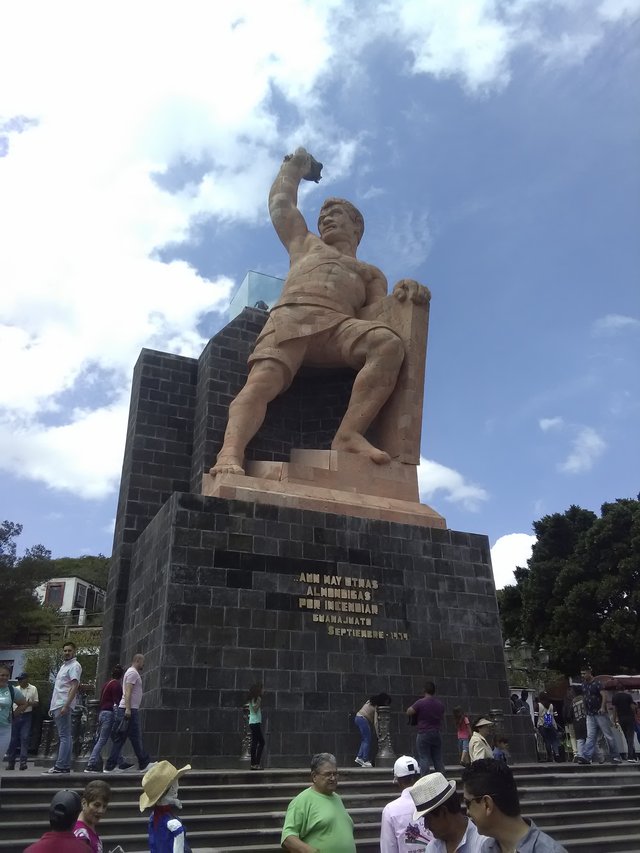
Guanajuato was eventually captured and declared independent. Miguel Hidalgo is considered a revolutionary hero and the city of Dolores was renamed Dolores Hidalgo. Other cities in Guanajuato adopted suffixes in honor of other revolutionary heros as well.
Conclusion
The full story of Mexico's independence is for another day. Furthermore, I'm not too familiar with that history since I went to school in the U.S. and all that is taught there are the wars that they had with Mexico for more land in the name of Manifest Destiny.
The resulting political turmoil after Mexico's independence also leads to the story of the Mexican Revolution one hundred years later. A very interesting history, but it's time for this article to come to a close.
My trip to Guanajuato in celebration of the independence movent that began there 200 years ago was very rewarding. I learned much from the local guides that worked at the various tourist locations we visited across the city along with information that my young uncle shared with me. I recommend visiting but for the richest experience, one should travel there to spend the Independence Day there, which is September 15th. I have been compiling and organizing the information I gathered for the past six days and now I'm ready to share it with the #steem community.
I hope you enjoyed reading and consider visiting Guanajuato or Mexico in general.
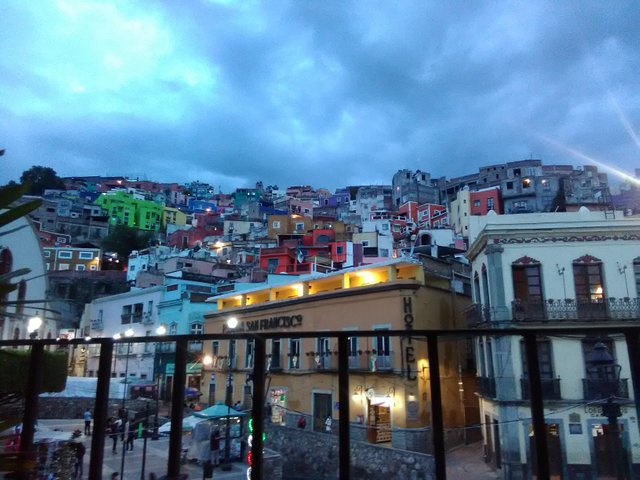
Thank you.
Upvoted.
DISCLAIMER: Your post is upvoted based on curation algorithm configured to find good articles e.g. stories, arts, photography, health, community, etc. This is to reward you (authors) for sharing good content using the Steem platform especially newbies.
If you're a dolphin or whales, and wish not to be included in future selection, please let me know so I can exclude your account. And if you find the upvoted post is inappropriate, FLAG if you must. This will help a better selection of post.
Keep steeming good content.
@Shares - Curation Service
Posted using https://Steeming.com condenser site.
Thank you! I worked very hard on this!
Congratulations @proto26! You have completed the following achievement on the Steem blockchain and have been rewarded with new badge(s) :
Click on the badge to view your Board of Honor.
If you no longer want to receive notifications, reply to this comment with the word
STOP